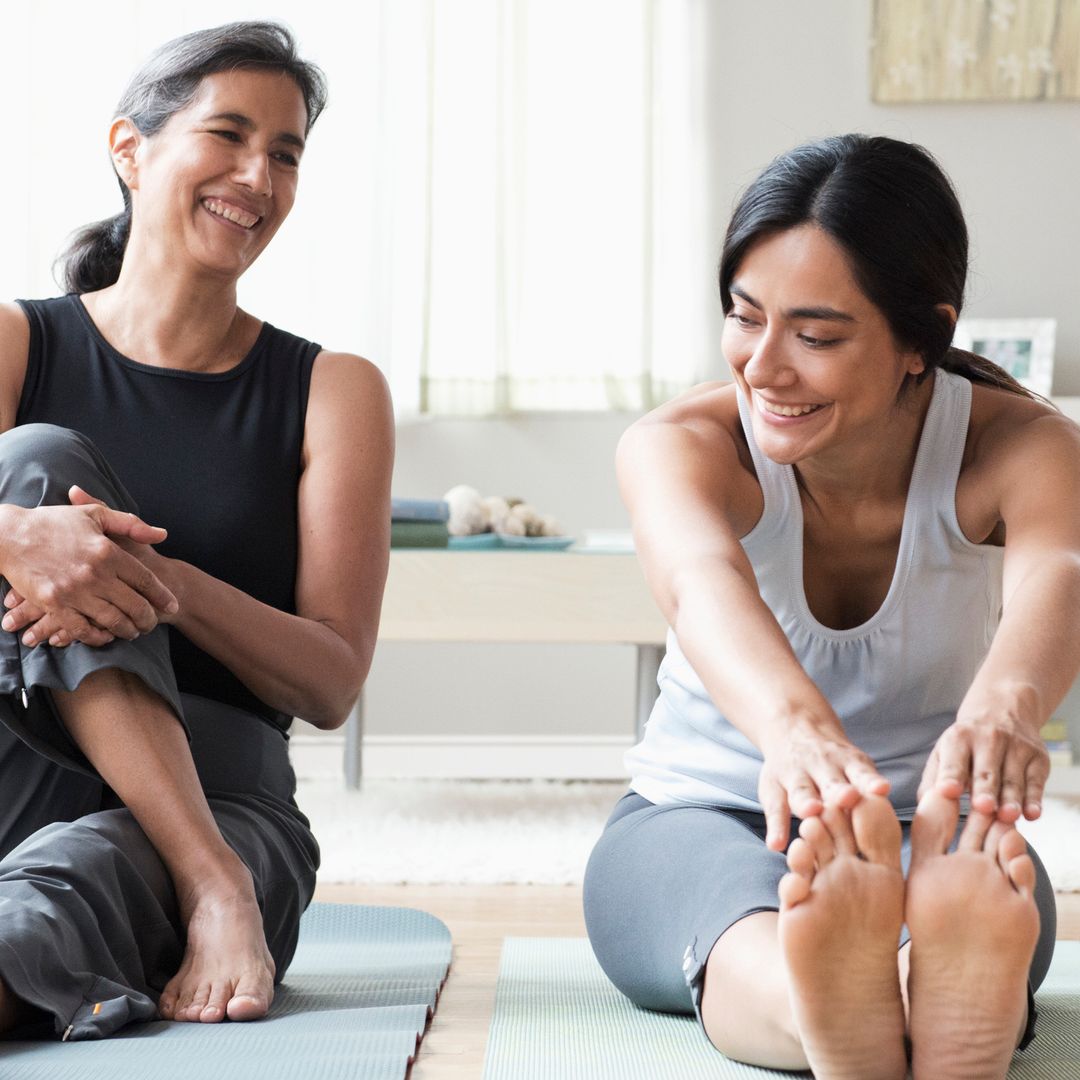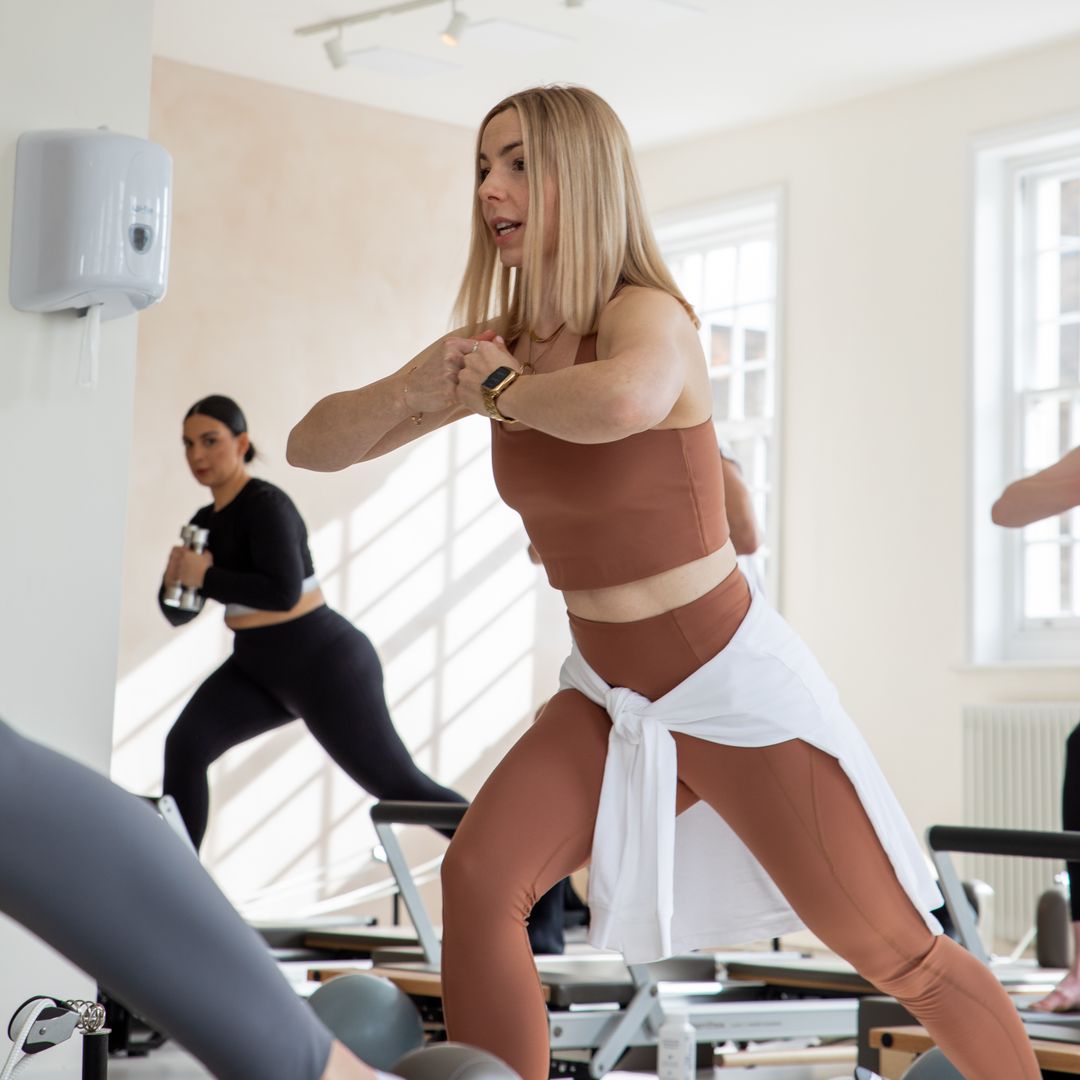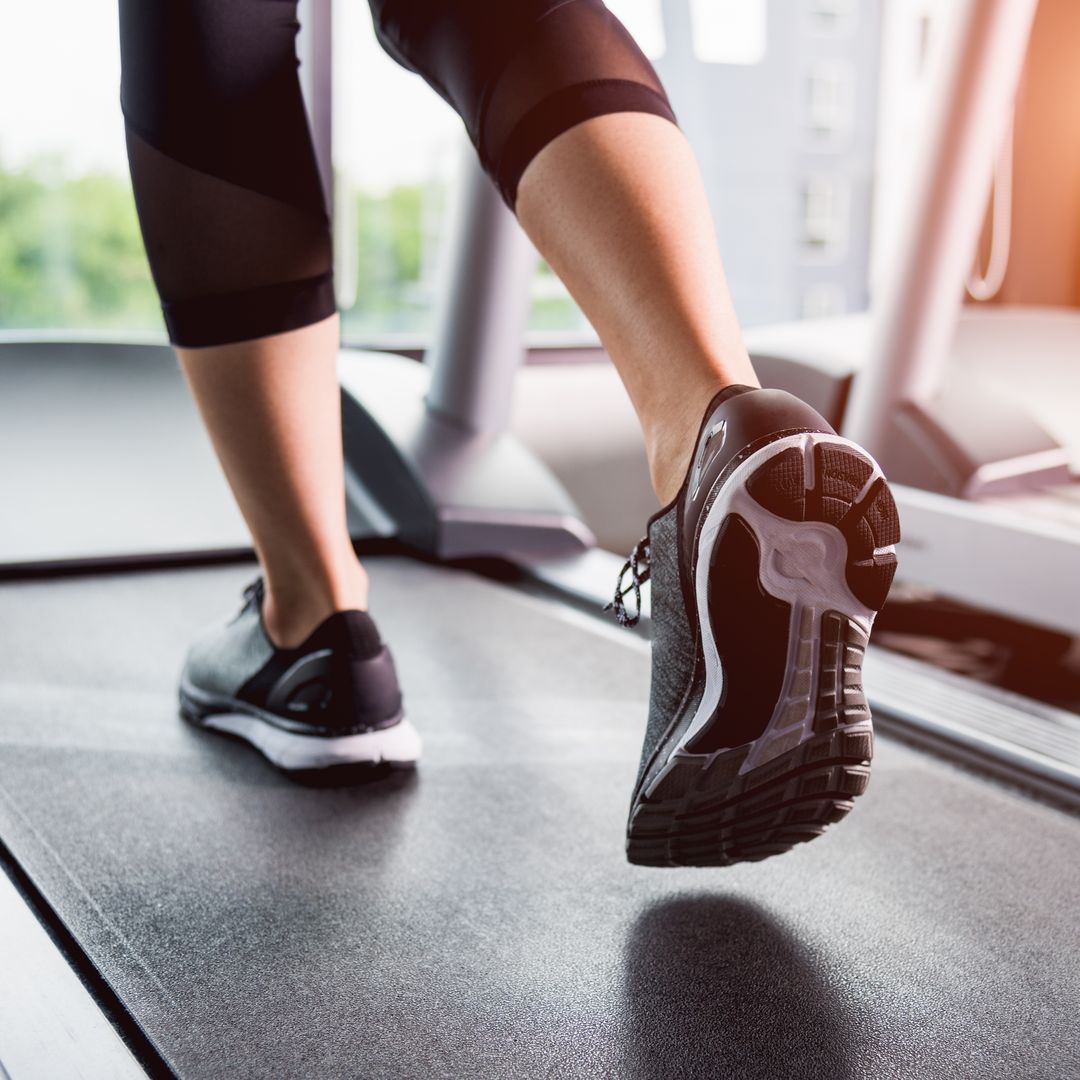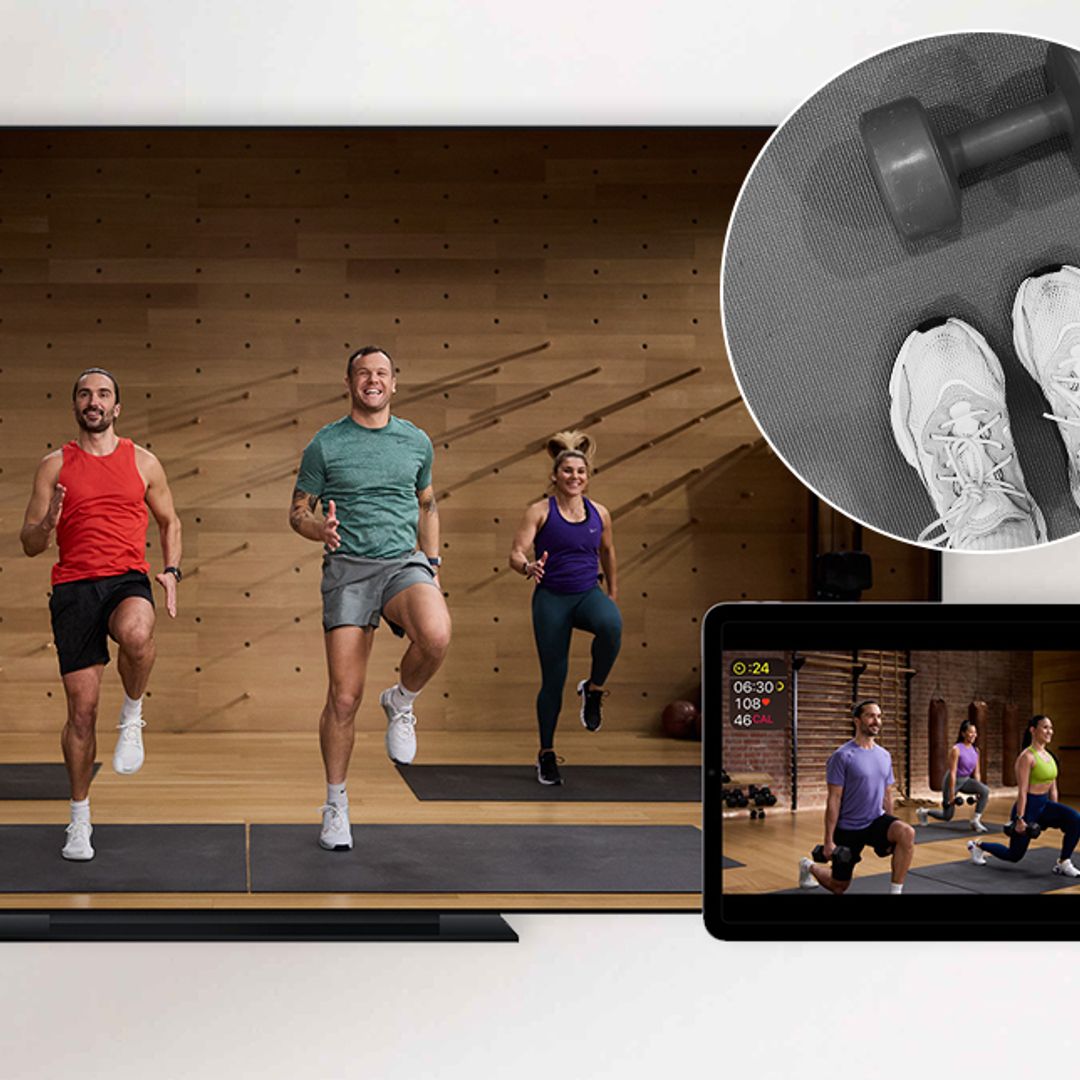With the London Marathon coming up on April 22, and the Olympic Games 2012 in July, are you inspired to get training? Our expert advice will help you take a step in the right direction.Trainer Sam Murphy of UK Athletics, the author of Real Women Run says "Like every woman, I have a lot to fit into the average day: work, family, social life, household stuff. That’s why running is perfect. You can do it any time, with anyone, anywhere. It improves your fitness, health and appearance, and makes you feel better."
The secret for beginners is to go running three times a week and increase the distance you travel by ten per cent each time. That way, your first run of just a few hundred metres can soon turn into a kilometre, a kilometre into five, and so on, until you, too, could be running a marathon. Follow our ten steps for a flying start. 1. PUT FEET FIRST Invest in good-quality running shoes to protect your bones, muscles, joints and tendons. Buy from a specialist running shop where you can get expert advice and a perfect fit. 2. STRETCH YOURSELF Running increases the risk of pulls and strains. Help prevent this by stretching all the major leg muscles before you set off and as soon as you finish. For a good stretching guide, visit virginlondonmarathon.com.
3. GET A MASSAGE Regular sports massages can boost your training. Try a full leg massage after a long session, or once every few months, to help flush away toxins and repair muscle fibres. 4. TAKE IT EASY If you take a break from training, don’t jump straight back into a rigorous routine – it could cause an injury. Return to running gradually, increasing the distance by no more than ten per cent each time. 5. PACE THE RACES... Taking part in a race is much more demanding than a training run – as your competitive instincts kick in, you will use a lot more mental and physical energy than usual. Although the occasional race can be invigorating and provides a goal to work towards, too many will risk injury and illness.
6. SHOW SOME RESISTANCE Working out with weights can be great for runners, as it will improve all-round strength and posture. For best results, each week try to include one or two sessions of full-body resistance training. 7. DRINK UP Losing fluid through sweating can lead to dehydration, causing nausea, fatigue or headaches. To prevent it, drink natural, caffeine-free beverages such as water and fruit juice throughout the day. 8. PICK PROTEIN When you run, your body can use stored protein as fuel, so you need to top up regularly. Eat low-fat proteins such as lean meat and fish; if you’re training heavily, aim for a daily intake of 1.5g for every kilo of bodyweight.
9. MONITOR YOUR HEART Simple, effective and now coming down in price, heart rate monitors allow you to decide whether to ease or up your pace, helping you to get more from workouts and reducing the risk of overtraining. 10. KEEP UP YOUR CORE Regular core training such as Pilates or yoga will work the muscles in your abdomen to control posture and support your body. A strong core will make you a better runner and help prevent injuries. Get Olympic fit with Gwyneth's guru Tracy Anderson Why you need a sports bra Yoga vs Pilates: Which one is for you?












